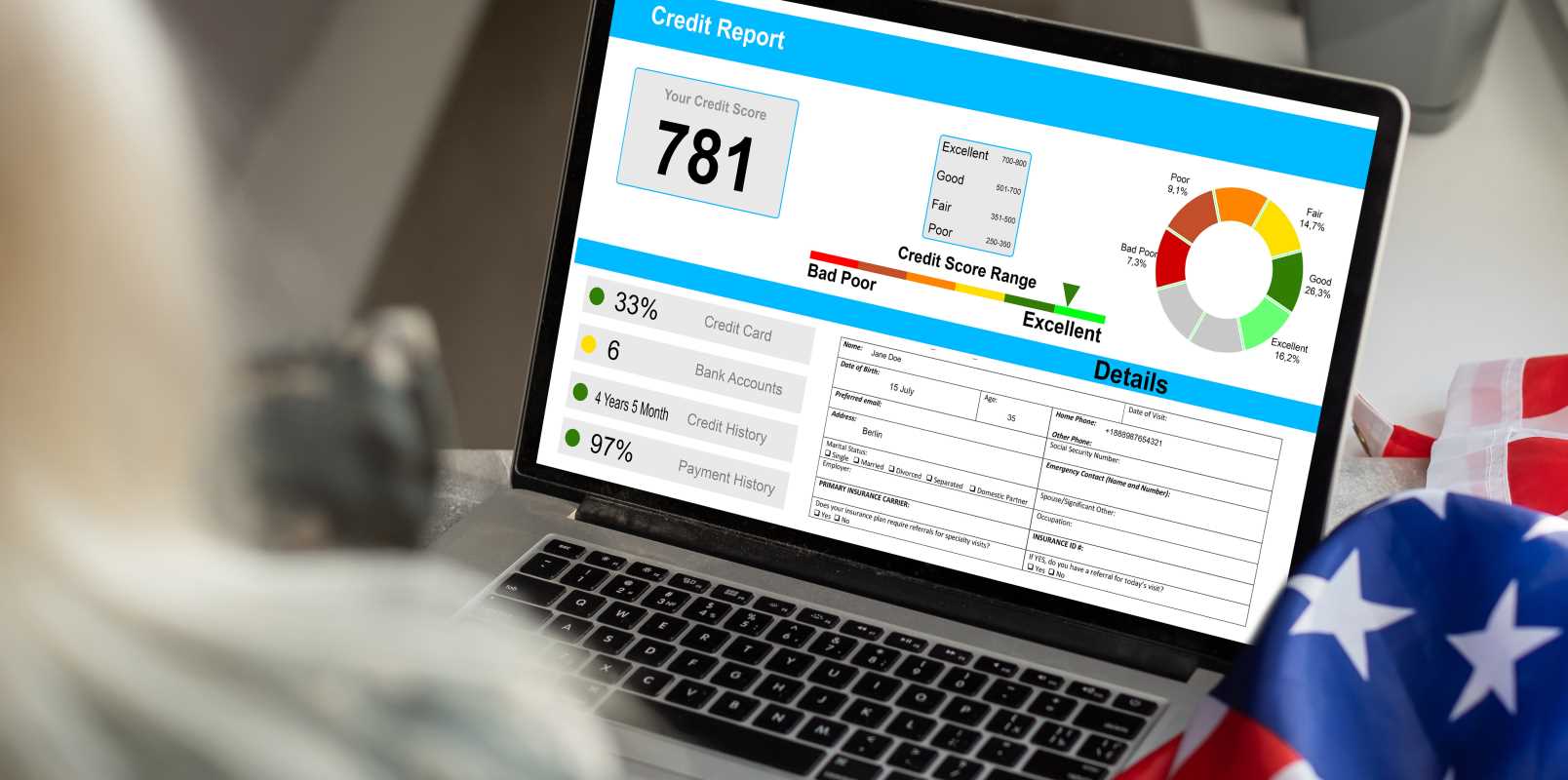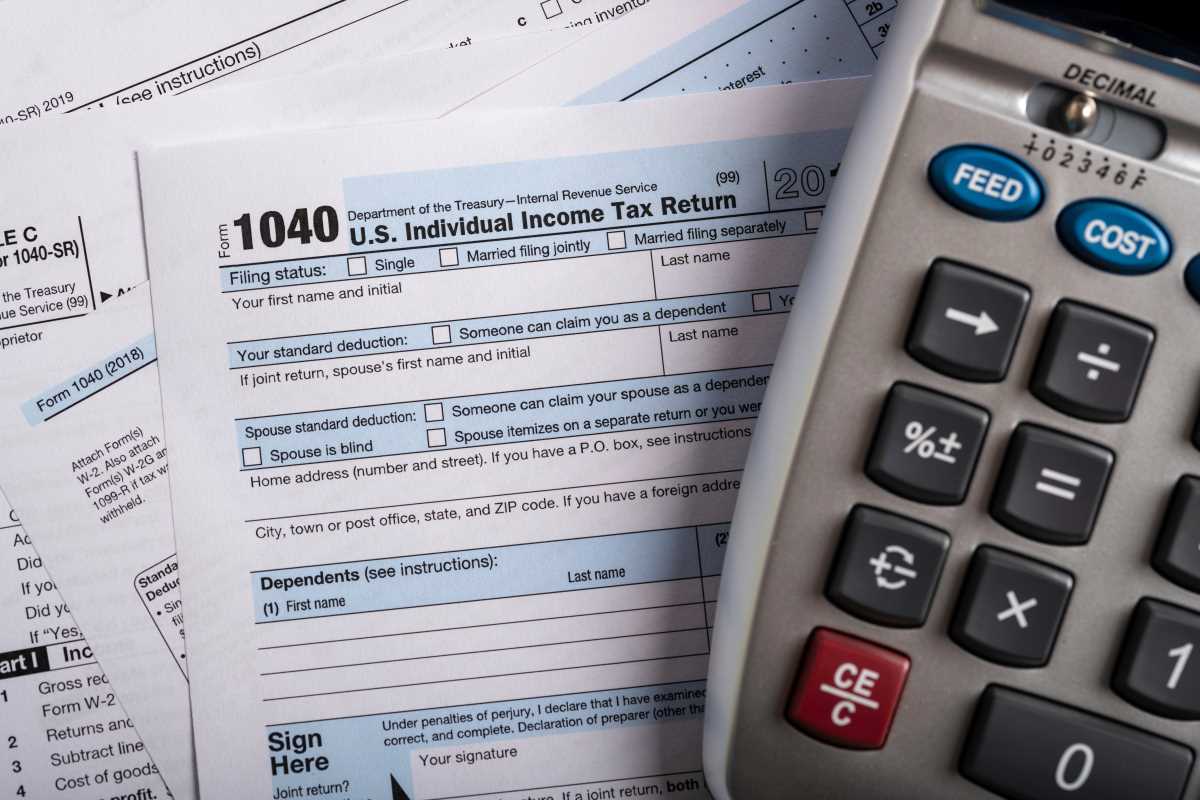Sorting out taxes before turning 30 can seem confusing, but learning the basics now helps you hold onto more of your hard-earned money. Landing your first full-time job brings a new sense of independence and excitement as those paychecks arrive. Knowing how taxes work means you can make smarter choices about saving, spending, and planning for what comes next. This guide breaks down the essentials into manageable steps, using straightforward examples and practical tips. With a little effort, you can take control of your finances and make tax season much less stressful in the years ahead.
Skipping out on tax planning wastes money you could use for travel, investing in your side hustle, or building a solid emergency fund. We’ll cover basics, top plays, retirement account tips, advanced credits and deductions, and common slip-ups to dodge. By the end, you’ll feel ready to tackle tax season with confidence and make every dollar count.
Tax Basics Every Young Earner Should Know
Understanding how income tax brackets work helps prevent surprises when tax time arrives. The U.S. uses a progressive system, so your first chunk of income gets taxed at a lower rate, then higher rates apply as you earn more. Checking your bracket early helps you project your tax bills and adjust your withholdings.
Your filing status also matters. Single filers, heads of household, and married couples filing jointly each have different thresholds. Choosing the right status can lower your effective rate, so review options carefully each spring. Tax software like TurboTax or consulting a preparer can save you from mistakes.
Top Tax Optimization Moves
- Max out pre-tax retirement contributions. Redirecting part of each paycheck into a 401(k) lowers your taxable income today while you build a nest egg. Aim for at least enough to grab any employer match—free money you don’t want to leave on the table.
- Set up an HSA if your health plan qualifies. Adding money to a health savings account gives you a triple tax benefit: contributions reduce taxable income, funds grow tax-free, and withdrawals for qualified medical expenses won’t get taxed.
- Harvest losses in taxable accounts. If a stock in your brokerage account falls below your purchase price, sell it to realize that loss. You can offset gains elsewhere or write off up to $3,000 against ordinary income.
- Keep detailed receipts for work-related expenses. If you qualify to deduct any unreimbursed costs—like tools, certifications, or mileage—having organized records turns a potential write-off into real savings.
- Review your W-4 mid-year. Life changes such as a raise, bonus, or side gig affect withholding. Updating your allowances ensures you neither owe a big bill nor tie up cash in a refund.
Using Retirement Accounts to Maximize Your Savings
Most employers offer a 401(k) or similar plan. Directing a percentage of each paycheck into that account defers taxes on those dollars until retirement. With contributions taken before payroll taxes, you reduce your adjusted gross income today.
Roth IRAs differ in how they work. You contribute after-tax dollars but then watch them grow tax-free. If you expect to be in a higher tax bracket later, paying taxes now can pay off in the long run. Check income limits each year to ensure you’re eligible to contribute.
Advanced Strategies: Credits, Deductions, and More
- Claim the Saver’s Credit. If your income falls within certain thresholds, this credit rewards you for retirement contributions. It can reduce your tax bill by up to $1,000, making your savings stretch further.
- Explore education credits. You might qualify for the Lifetime Learning Credit or the American Opportunity Credit if you’re enrolled in courses or grad school programs. These credits directly lower your tax bill, not just your taxable income.
- Deduct student loan interest. You can write off up to $2,500 of interest paid on eligible student loans each year. This eases the burden on early-career professionals still chipping away at debt.
- Utilize the residential energy credit. Installing solar panels or making energy-efficient home upgrades can earn you a percentage credit of the cost. If you own a home, this option puts money back in your pocket while shrinking your carbon footprint.
- Take advantage of business deductions. Running a freelance side hustle? Track expenses for your home office, supplies, and mileage. Legitimate costs reduce your net profit, lowering what you owe at tax time.
Common Pitfalls to Watch Out For
Failing to estimate quarterly taxes for freelance work can lead to penalties. If you earn side income, run a quick calculation each quarter and submit estimated payments to the IRS. That way, you avoid surprises and late fees.
Missing deadlines for retirement contributions costs you a tax break. You generally have until your tax-filing due date—April 15—to top up traditional or Roth IRAs for the prior year. Missing that window means losing a deduction or tax-free growth.
Start with the basics, claim all eligible credits, and track expenses carefully. If you're unsure, schedule a session with a tax professional to stay prepared and keep more money in your hands.
 (Image via
(Image via





